Inspired Architecture
Summer 2011
For many of us, the soul of religious architecture is the achievement of an element soaring upward, lifting us from this mortal coil. Rarely do we see a building dedicated to one’s God that does not have an arch or spire—some symbolic element visible from the distance beckoning supporters to “come home.” If the effect is to elevate us, it surely succeeds. Not coincidently, many appealing aspects of homes today incorporate arched windows or doorways, cathedral ceilings, or some other accoutrement that draws the eye and mind from the everyday, the ordinary of our concrete-bound existence.

West Park Baptist
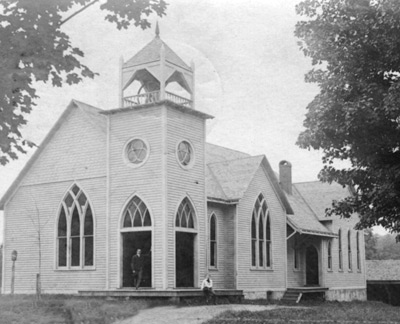
Accord Reformed Church

Port Ewen Catholic Church of the Presentation

Highland Methodist
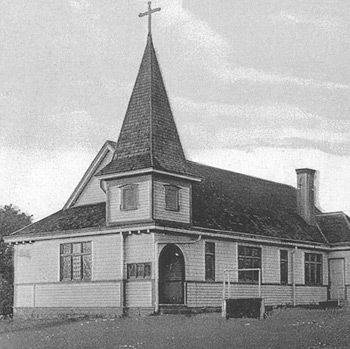
St. Joseph’s Church in New Paltz Built 1893, steeple added 1906.
My friend Rick is an architect specializing in spiritual houses of contemplation and reverence. He lives to design structures that not only protect the planet, but that succor the soul. I once asked him what he thought about while designing a space of spiritual reclamation or release.
“All design (for houses of worship) revolves around the values and beliefs of the people who will find peace there,” he said. “After that, it depends on the surrounding land and on neighboring buildings as its frame…”
I’ve seen many of the buildings that have come to fruition from Rick’s work. Peaceful and inspiring, yes, but not always “spired.”

First Baptist Church, Saugerties, N.Y.
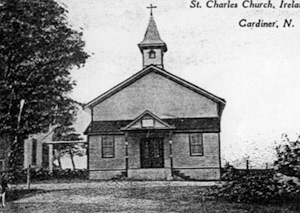
St. Charles Church, Ireland Corners, Gardiner, N.Y.
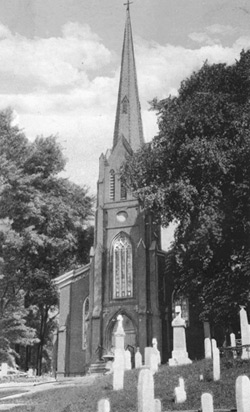
St. Mary’s Church, Saugerties, 1st Catholic Church between NYC and Albany
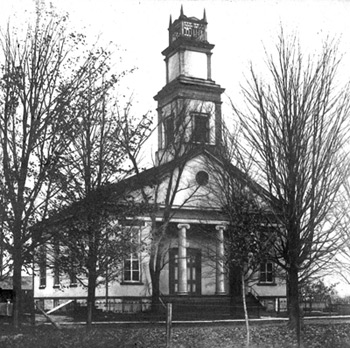
Stone Ridge Reformed Church
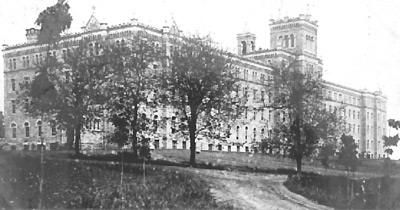
Mt. St. Alphonsus was a seminary for the priesthood. This building on the Hudson River in West Park is little used by the Church and as of this writing may be leased to another religious community.
Then, sorting through my collection of antique postcard images for this issue, I realized that some local houses of worship, particularly the Methodist, don’t always sport spires, or any prominent arch other than modest inverted “v” roof lines. Was that somehow reflective of the particular brand of belief, or simply an economic sacrifice? I consulted Google. “Towards the middle of the 19th century the issue of an appropriate style for Methodist architecture arose. In a series of papers advocating a preference for the Gothic style, the Reverend Frederick Jobson (who trained as an architect) argued for beauty and perfection in design and execution without unnecessary adornment.” The New Paltz Methodists did add a 70′ spire on their building. That structure, now on Church Street, minus its spire (removed in 1947), has housed a number of systems of worship including Lutheran and the New Paltz Jewish Congregation.
That Jobson quote seemed to sum up the Methodists’ church theme for a number of area buildings, (married in the Plutarch Methodist Church, I can attest, no big spires outside, nor arches inside except in the backs of the chairs on the alter. Even the gas lighting was “modest,” but exciting enough to have been stolen in the early 1970s).

Rosendale Baptist Church, organized by Lewis Raymond, erected 1841
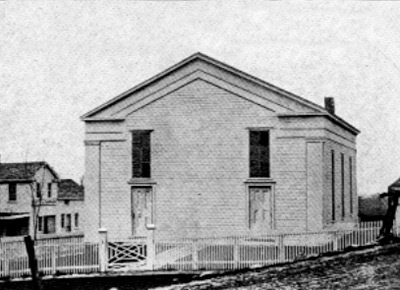
New Paltz’ first Methodist church built in 1839, remodeled in 1870 to include a 70′ steeple, and the building was moved to Church Street.

Rosendale , this 1896 Methodist Church has been restored by its owner, Louis Sclafani, a world-renowned glass artist.
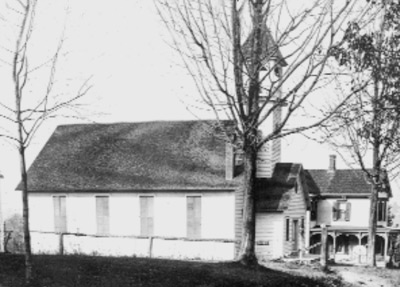
Rifton United Methodist Church, Town of Esopus. There was no Catholic Church in Rifton when it was a bustling community, but St. Peter’s in Rosendale filled the need.
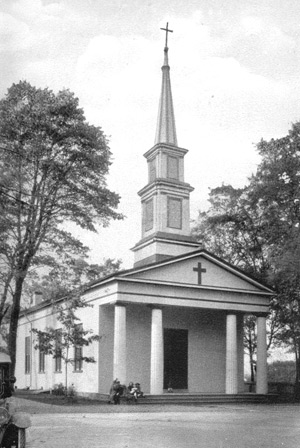
Trinity Episcopal Church, Barclay Heights, Saugerties, N.Y.
Some of the church buildings included in this article are gone, decommissioned, or modernized beyond recognition. St. Joseph’s in New Paltz and St. Augustine in Highland come to mind as complete alterations of their original forms. One Clintondale church’s beautiful arched stained glass windows endure, but its turret/spire were dismantled in the 1990s. It is used as a plumbing supply warehouse.
Some of the organized religions that have found safe haven in southern Ulster County over the past few hundred years included members of the oldest Protestant group, the Waldensians. According to The Town of Esopus Story, the founder, Pierre Waldo in 1176, had the Bible translated from Latin into French. He gave up his successful business, sold all and began preaching. The established church censured him. Eventually, he and his followers found refuge in the Cottian Alps between France and Italy. A group of Waldensians came to America, some of whom settled in Ulster Park.
Another group found the Town of Esopus hospitable in 1954. The Society of Brothers, a Christian community is located at Woodcrest, the former Dimmick estate off Route 213 near the Central Hudson Wallkill River power generating plant. Among other sources of income, the community farms and makes and sells Community Playthings®, a brand of very popular wooden toys and furniture.

Plutarch Methodist Church built in the 1860s

M. E. Church and Parsonage, Accord, N.Y.
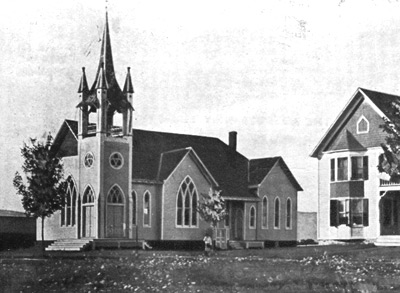
RD Church and Parsonage, Gardiner
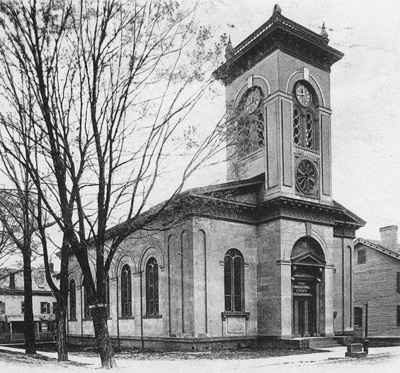
First Congregational Church, Saugerties, N.Y.

St. Marys Church, Marlboro
The first known Jewish settler in the region was Gomez the Jew who traded with natives and built his home near what is now the line between Marlboro and Lloyd (Highland) just off Route 9W. It is open to the public as a National Historic site. The Gomez Mill House has had an amazing passel of residents, from Gomez to American patriots, to Dard Hunter, a famous designer. Hunter’s paper mill still works. The current New Paltz Jewish congregation found a home first in what had been a church on Church Street, and now is in a renovated restaurant.
Many of the area’s old houses of worship have gone the opposite direction, transformed from religious buildings into homes, museums, shops and storage facilities. Some are for sale.
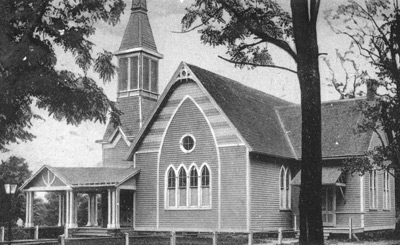
Clintondale Friends’ Church
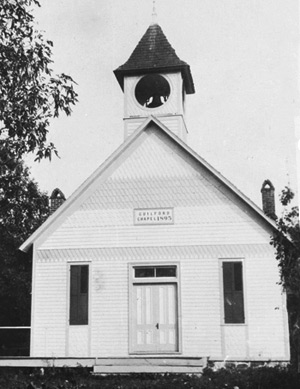
Guilford Chapel, built 1895, Gardiner
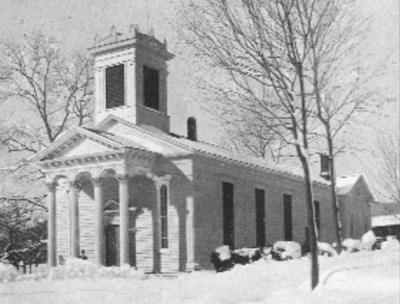
Presbyterian Church, Highland, card sent 1908
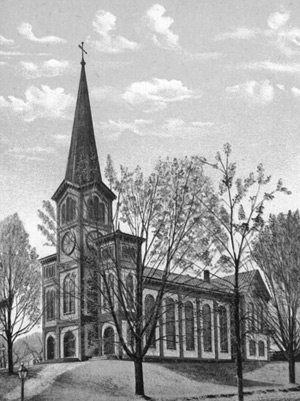
Marlboro Methodist Episcopal Church, card sent 1906

Episcopal Church, Rosendale, N.Y.
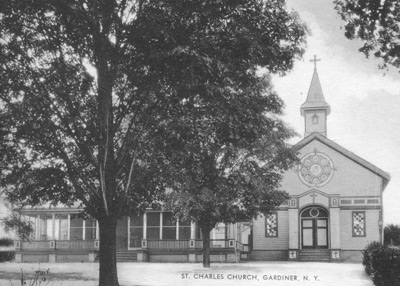
St. Charles Church, Gardiner, N.Y.
Not all religious communities left buildings. Father Divine’s well documented bit of Ulster County heaven did not leave any churches, but plenty of lore that can be found in local historical societies and Carleton Mabee’s book Promised Land, Father Divine’s Interracial Communities in Ulster County, New York. Father Divine’s community did form some churches, none here, but a substantial number of the female officers were from Ulster. Although Divine was the pastor of all his flock… “they did elect assistant pastors and at least one being a woman.”
The Klyne Esopus Museum, formerly a Dutch Reformed Church, had a section upstairs for black worshippers. A local all black church was the African Methodist Church on Pencil Hill (New Paltz) that opened in 1871. Carol Johnson and Marion Ryan’s Images of America Series New Paltz has a photo of one of the church’s original trustees, John Wynkoop.
It is worth noting that the same series includes titlesSaugerties, Marbletown, Plattekill, New Paltz Revisited, Highland and the Town of Lloyd, Gardiner and Lake Minnewaska, Kingston, and Hurley all containing grand pictures of local history and those tasty bits of text that make the field of history so addictive.
All of the images in this story are from vintage post cards, except the Plutarch Methodist Church which is a more recent photo. Parishoners were very proud of their buildings and many a card reads, “Attended here on Sunday,” or a similar message. Many sent by people vacationing here to friends and family back home.
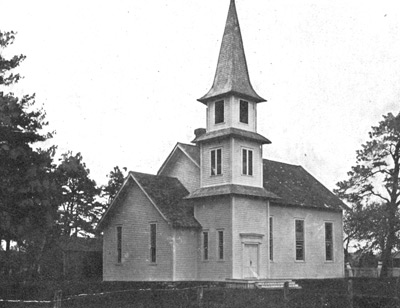
The Friends’ Church, Tillson, 1917

Lady Help of Christian (Catholic) Church, High Falls, N.Y.
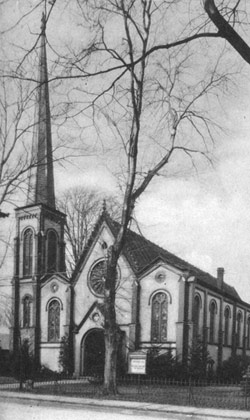
Saugerties Reformed Dutch Church, Saugerties, N.Y.
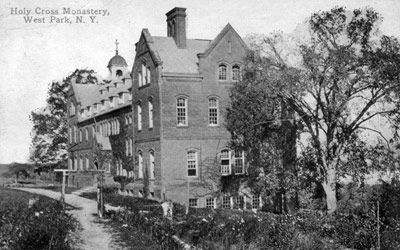
Holy Cross Monastery, West Park, N.Y.
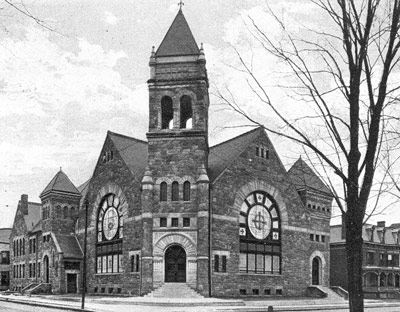
St. James Methodist Church, Kingston, N.Y., 1875 (1905 card)
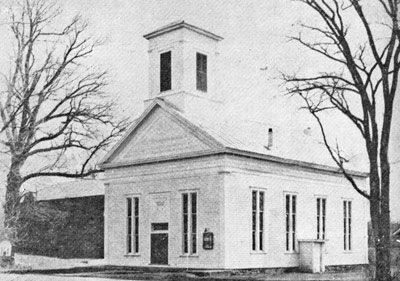
Modena Methodist Church, Modena, N.Y. (built 1855)

St. James’ Catholic Church and Rectory, Milton, N.Y.
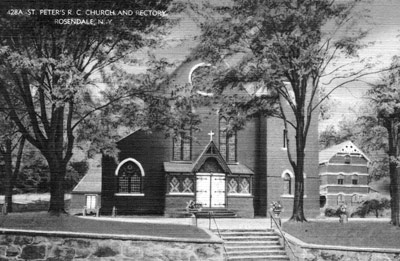
St. Peter’s R. C. Church and Rectory, Rosendale, N.Y.
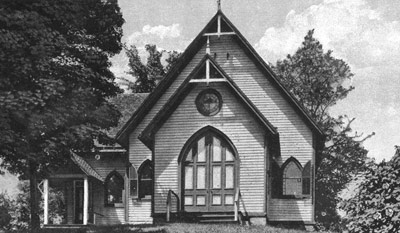
Methodist Church, Milton, N.Y.

Christ Church, Marlboro, N.Y.
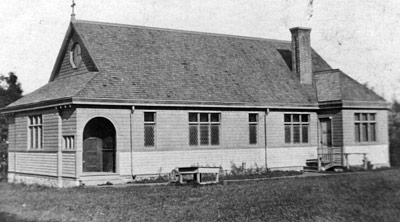
St. Joseph’s Church

M. E. Church, New Paltz, N.Y.
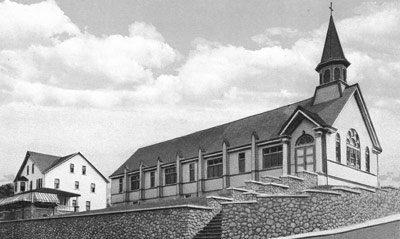
St. Joseph’s Catholic Church and Parish House, New Paltz, N.Y.
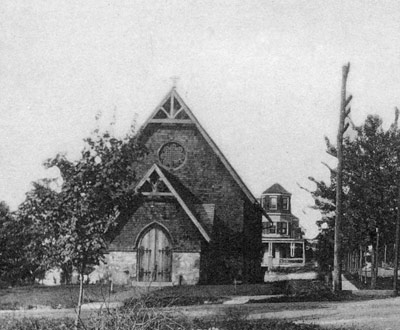
Oakwood Terrace and St. Andrew’s Episcopal Church, New Paltz, N.Y.

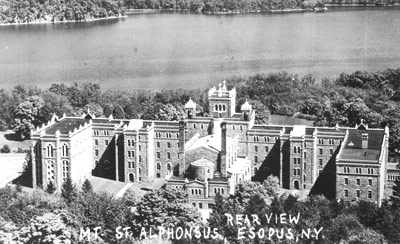
Mt. St. Alphonsus, Esopus, N.Y. (rear view)
